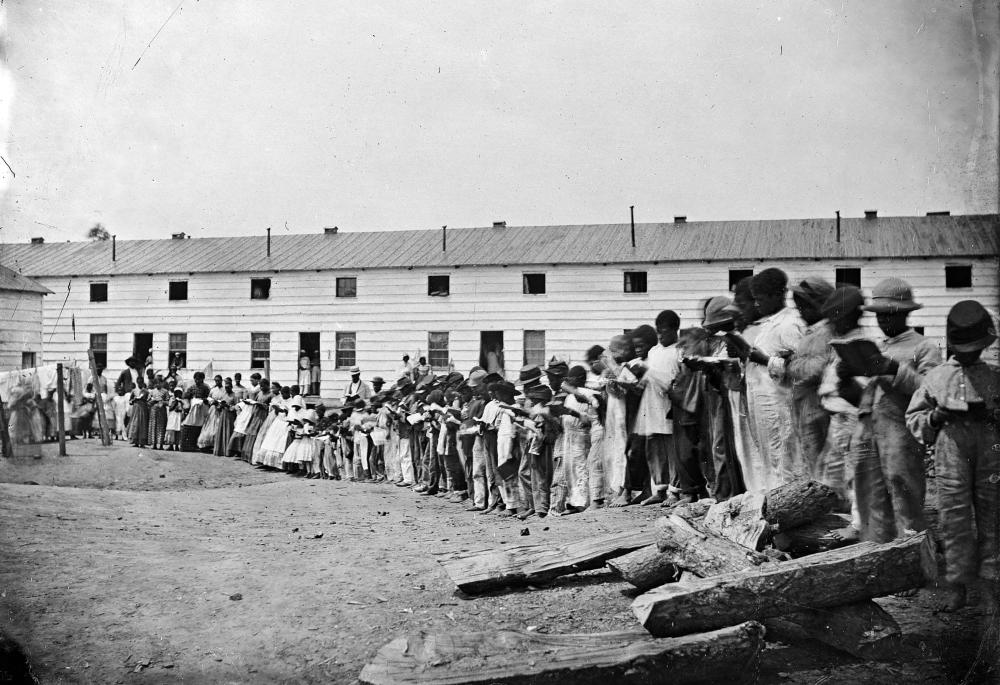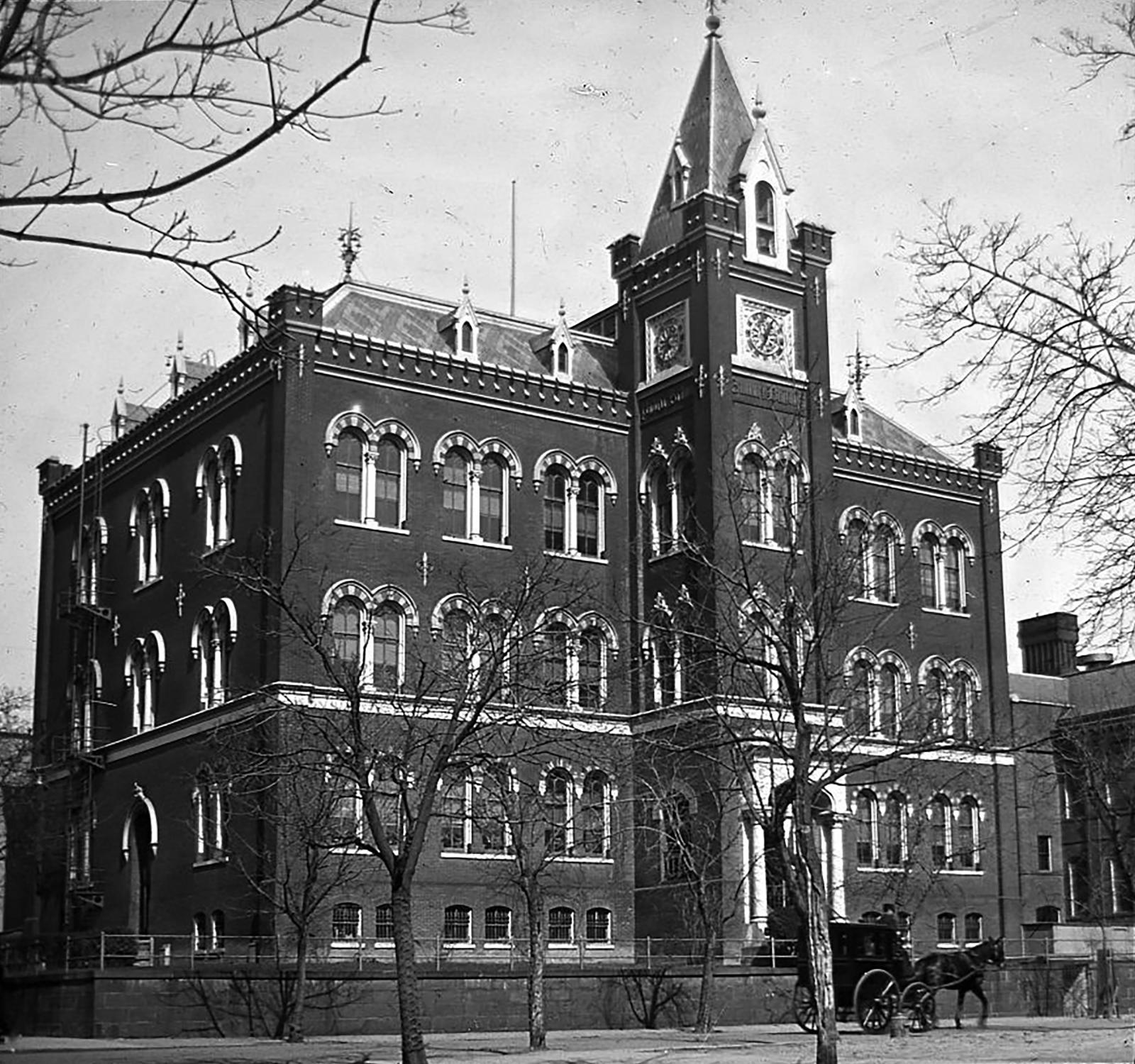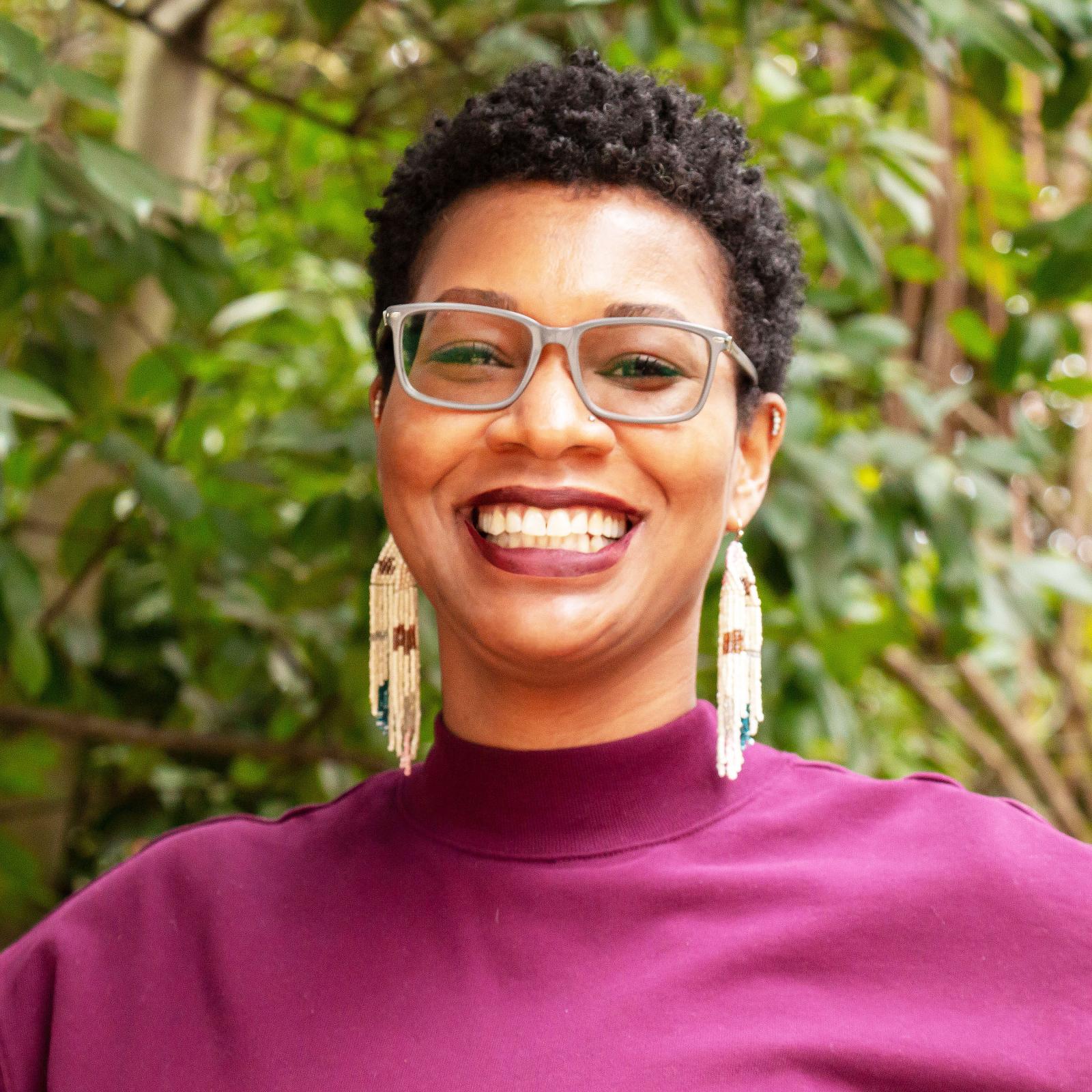Amber Wiley | University of Pennsylvania

FREE TO LEARN: BUILDING THE BLACK PUBLIC SCHOOL SYSTEM
This talk will highlight key points of a chapter in Wiley’s forthcoming book Model Schools in the Model City: Race, Planning, and Education in the Nation’s Capital, scheduled for release by the University of Pittsburgh Press, Culture, Politics, and the Built Environment Series, in March 2025. “Free to Learn: Building the Black Public School System,” marks the trials and tribulations of building Black schools in Washington from the antebellum period through the end of Reconstruction, paying special attention to school siting and design. Black education came from the literal bottom – emerging from basements and army barracks, and later, surfacing in purpose-built wood and brick buildings. Black education was no longer hidden away, clandestine, practiced in fear and shadows. It was there to stay, as was Black emancipation, enlightenment, and ultimately, full citizenship.
ABOUT AMBER WILEY
Amber N. Wiley is the Matt and Erika Nord Director of the Center for the Preservation of Civil Rights Sites (CPCRS) and Presidential Associate Professor in Historic Preservation at the University of Pennsylvania Weitzman School of Design. Her research interests center on the social aspects of design and how it affects urban communities – architecture as a literal and figural structure of power. She focuses on the ways local and national bodies have made the claim for the dominating narrative and collective memory of cities and examines how preservation and public history contribute to the creation and maintenance of the identity and sense of place of a city. Her publications cover African American and African diasporic cultural heritage, urbanism in New Orleans, school design, urban renewal, and preservation.
Photo above: “Contraband school” at Camp Baker, Washington, DC. Mathew Brady, photographer, 1862. (Washington, DC: War Department, Office of the Chief Signal Officer, c. 1861-1865). National Archives and Records Administration, accessed May 22, 2020.



